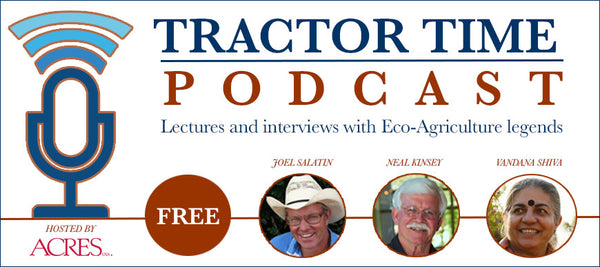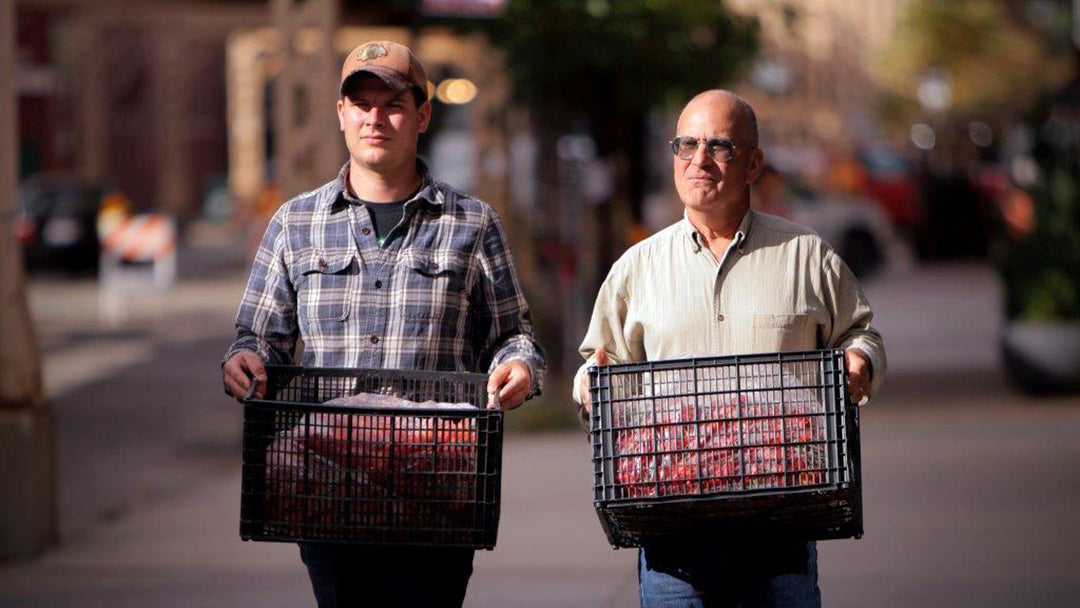
Mark Shepard: Effective Forest Grazing - Understanding Silvopasturing
When you think grazing, does a lush, open pasture first come to mind? Take a lesson from permaculture pioneer Mark Shepard on how to effectively graze livestock — cattle, sheep, pigs — in woodlands while managing for the whole system. The result is producing benefits for the land through forest management while harvesting a marketable crop. On Mark's family farm in Wisconsin, a farm he's planted with tens of thousands of perennials, he grazes cattle, sheep, pigs and chickens effectively amidst the woody crop plants.
Mark Shepard is a permaculture designer, agroforester and ecological farming consultant. He and his family have transformed a typical 140-acre row-crop dairy farm into a permaculture-based perennial-agricultural ecosystem using oak savannah, successional-brushland and Eastern woodlands as the ecological models. In all, they have planted 100,000 trees on this property. The result is one of the first and finest farm-scale models of permaculture in the United States. Their farm features chestnut, hazelnut and fruit trees, a variety of other fruits and vegetables, and chickens, ducks, pigs and other animals. He is vice-president of the Southwest Badger Resource Conservation and Development Council and is the chief cider-maker for the Shepard's Hard Cyder Winery. Upper Midwest organic farmers will recognize him as the banjo player in the band Synister Dane. He is the author of the book Restoration Agriculture.
Recorded Saturday, December, 14, 2013My Farmer, My Customer
New! Learn from Marty Travis's experiences converting the Spence Farm into one of the most successful farming co-ops in the United States today.

